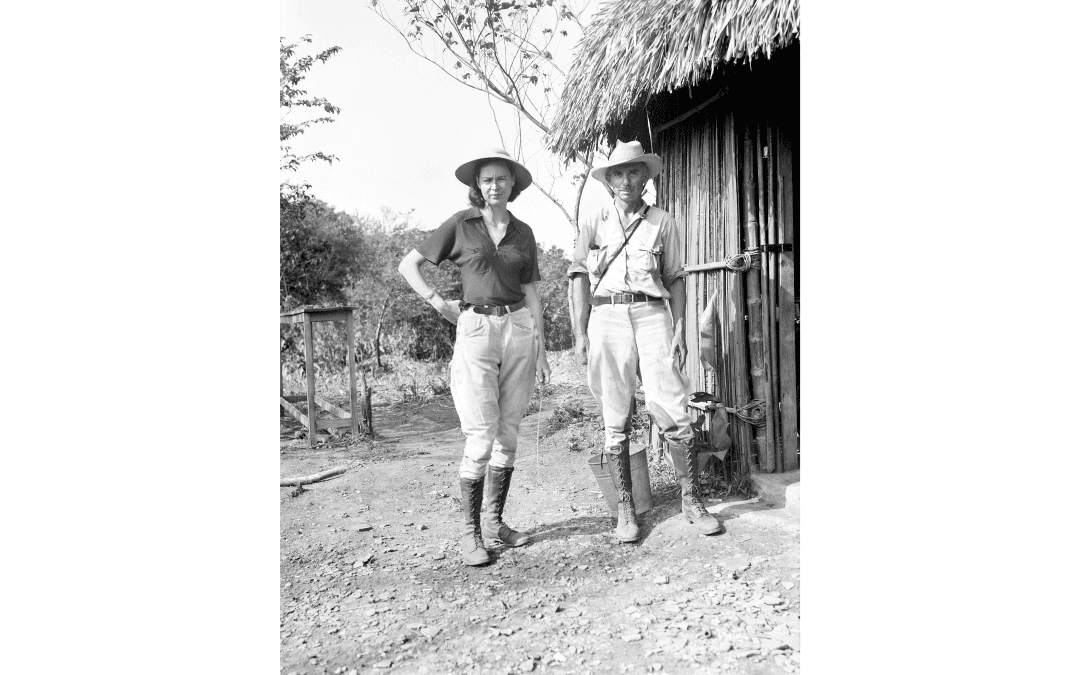World War II historians and history buffs acknowledge that Adolf Hitler’s plan to invade the Soviet Union via Operation Barbarossa in the summer of 1941, spelled the end of the Nazi war machine. Following its two years of territorial expansion, Germany seemed an unstoppable force. The Soviet Union, with its depleted military command, due to the years of Stalin purges, and dated military technology, seemed ripe for invasion. Its ripeness proved exaggerated.
There were many factors for the Nazi failure in the Soviet Union, and Prit Buttar, in his new book, “Hero City: Leningrad 1943–44,” is able to identify many of those factors by focusing on one of the major areas of conflict: the siege of Leningrad.
From Bad to Worse
Early in his book, Buttar notes the objectives of the Nazis against the Slavic people, which was to “decimate the Slavic population by 30 million,” thereby enabling the preservation of resources in order to feed the Germans. The Soviets were under no illusions that their lives weren’t difficult under Joseph Stalin’s rule (and that’s putting it mildly), but the Nazis were planning to take the Slavs, for lack of a better phrase, “out of the frying pan and into the fire.”The Nazis entered the Soviet Union with a disturbing and well-documented perspective. They believed, as Buttar quotes German general Franz Halder, fascism and communism were “a clash of two ideologies. ... This is a war of extermination. … Harshness today means lenience in the future. Commanders must make the sacrifice of overcoming their personal scruples.”

War’s Voices and Correcting Voices
Thus the fight for Leningrad, and ultimately all of the Soviet Union, began. “Hero City” highlights the military tactics, outcomes, and atrocities of both sides. Buttar quotes a young German soldier describing how soldiers “watched their friends die, had to see how they were mutilated repeatedly and reduced to something that barely looked human, covered by the ubiquitous earth and perishing in what propagandists described as heroic deaths.”Buttar utilizes diary entries from both sides, including soldiers, command personnel, and citizens. The author does not relent on the details of war, and, often, he allows the voices of those who directly experienced and suffered through the long siege to describe the events.
Regarding these entries, there are times that commanders refer to moments in the siege, which Buttar corrects. Notably, most of these corrections are done for Soviet entries, who often attempted to portray the actions and outcomes of a battle in a light more favorable for their side. Buttar, an expert in this particular section of WWII, provides an accurate retelling, or at least a more accurate retelling, of a specific event.
The German and Soviet Differences
A basic truth in the war of Germans versus the Soviets is that the Germans were better equipped and better trained. The Soviets, having lost many of their best leaders to the purges, struggled to push the Germans out. This objective was, however, accomplished, but due almost exclusively by the overwhelming number of soldiers—trained and untrained—the Soviets threw against the German lines. It was a consistent and considerable slaughter that cost many more Soviet lives than necessary. On the other side, though, the Germans could have possibly had a better outcome in WWII had Hitler adhered to his generals’ urgent requests for withdrawal.Hitler remained adamant, practically to the end, against withdrawals. Buttar highlights Hitler’s blind stubbornness, but also admits that there were times it made sense to refuse a withdrawal. Overall, however, these ongoing refusals ultimately led to the Nazis’ collapse.
The Soviets defeated the Germans, as Buttar indicates, by numerical superiority, despite their tactical inefficiencies. But after “870 days … the bitter siege, which had cost hundreds of thousands of lives both within and around Leningrad, was effectively over.”
A Very Good Book
“Hero City” is a dense book, full of intricate details. It is an exhaustive work that provides insight into so many of the moving parts of the Leningrad siege. It’s not solely descriptions of the tactical maneuvers and those incessant “shellings,” but Buttar provides information into the use of the partisans against the Germans, female Soviet snipers, the Spanish soldiers fighting with the Germans, the honest critiques by generals of both German and Soviet high command, and what happened to some of the commanders after the war ended.For WWII enthusiasts, those looking to view a microcosm of the war on the eastern front, or those wishing for a very good historical work regarding war, “Hero City” is a stellar choice. I highly recommend it for its extensive attention to detail, narrative clarity, and for Buttar’s gift as a writer.









